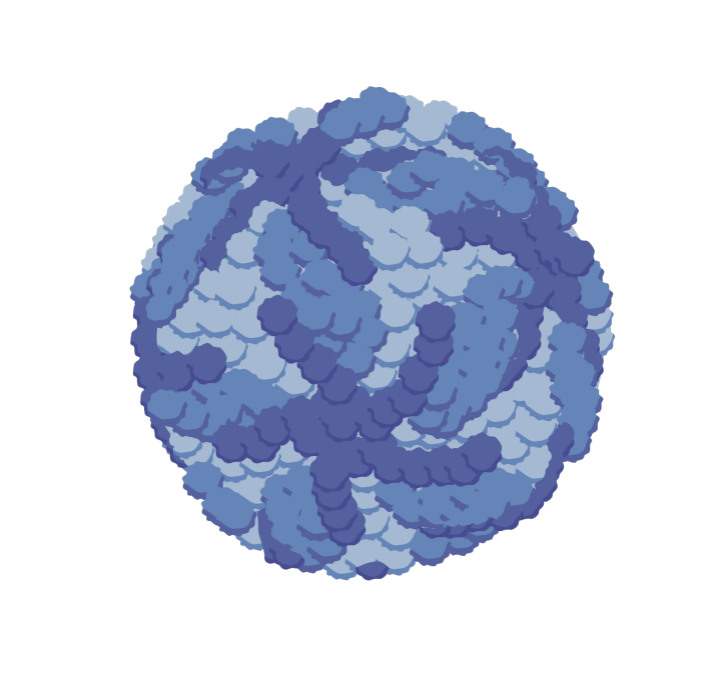High throughput in protease inhibitor screening mainly relies on advanced experimental techniques, automated equipment, and optimized screening processes. Here are some key steps and strategies for achieving high-throughput screening of protease inhibitors:
1. Choose the appropriate screening method
High throughput screening technology: using automated liquid processing systems, multifunctional enzyme-linked immunosorbent assay (ELISA) and other high-throughput equipment to quickly screen a large number of compounds.
Fluorescence polarization technology: using fluorescently labeled substrates to react with proteases, evaluating the degree of inhibition of protease activity by compounds by detecting changes in fluorescence polarization. This method has high sensitivity and is easy to operate, making it very suitable for high-throughput screening.
Virtual screening: Through computer-aided drug design, virtual screening of compound libraries is performed to predict which compounds may bind to proteases and inhibit their activity. Virtual screening can greatly narrow down the scope of experimental screening and improve screening efficiency.
2. Optimize the screening process
Standardized operation: Develop detailed experimental procedures and standards to ensure consistent screening conditions and reduce experimental errors.
Automated operation: Use automated equipment as much as possible to complete steps such as sample processing, sample addition, incubation, and detection, reducing manual operations and improving screening speed.
Parallel processing: Porous plates (such as 96 well plates, 384 well plates, etc.) are used for sample processing, allowing for simultaneous testing of multiple compounds and improving screening throughput.
3. Improve data analysis and processing capabilities
Automated data processing: using software tools to automatically collect, process, and analyze filtered data, reducing manual intervention and improving data processing speed.
Data mining: Conduct in-depth analysis of screened data to uncover potential biological activity and structural feature relationships, providing a basis for further optimizing screening conditions.
4. Strengthen quality control and verification
Set up control experiments: During the screening process, set up positive controls (known effective protease inhibitors) and negative controls (compounds with no inhibitory activity) to evaluate the accuracy and reliability of the screening system.
Repeated experimental verification: Conduct repeated experimental verification on the potential inhibitors obtained from the initial screening to ensure the stability and reproducibility of the screening results.
5. Interdisciplinary collaboration and resource integration
Interdisciplinary collaboration: Strengthen cooperation and communication among multiple disciplines such as biology, chemistry, and computer science to jointly solve technical difficulties encountered in the screening process.
Resource integration: Fully utilize existing compound libraries, high-throughput screening platforms, and data resources to achieve resource sharing and optimized configuration.
6. Continuous optimization and innovation
Technological innovation: Continuously exploring and applying new screening techniques and methods, such as structure based bioinformatics prediction, artificial intelligence assisted screening, etc., to improve screening efficiency and accuracy.
Process optimization: Regularly evaluate and optimize the screening process to reduce unnecessary steps and cost consumption, improve screening efficiency and economy.
By implementing the above strategies, high-throughput and rapid discovery of potential inhibitor candidates can be achieved in protease inhibitor screening, providing strong support for drug development.
September 19, 2024
How to achieve high throughput in protease inhibitor screening?
Share on:
Facebook
Twitter
Pinterest
WhatsApp
Recent posts
We recommend


